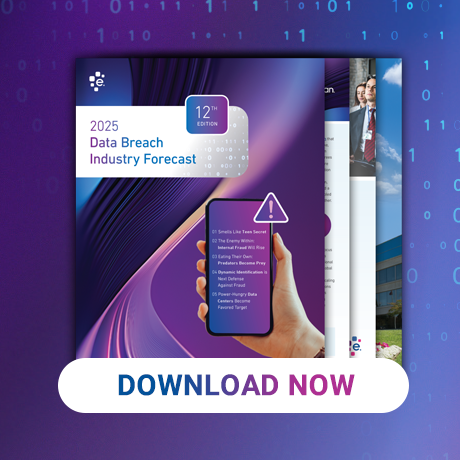By: Ken Pruett
I want to touch a bit on some of the third party fraud scenarios that are often top of mind with our customers: identity theft; synthetic identities; and account takeover.
Identity Theft
Identity theft usually occurs during the acquisition stage of the customer life cycle. Simply put, identity theft is the use of stolen identity information to fraudulently open up a new account. These accounts do not have to be just credit card related. For example, there are instances of people using others identities to open up wireless phone and utilities accounts
Recent fraud trends show this type of fraud is on the rise again after a decrease over the past several years. A recent Experian study found that people who have better credit scores are more likely to have their identity stolen than those with very poor credit scores. It does seem logical that fraudsters would likely opt to steal an identity from someone with higher credit limits and available purchasing power. This type of fraud gets the majority of media attention because it is the consumer who is often the victim (as opposed to a major corporation).
Fraud changes over time and recent findings show that looking at data from a historical perspective is a good way to help prevent identity theft. For example, if you see a phone number being used by multiple parties, this could be an indicator of a fraud ring in action. Using these types of data elements can make your fraud models much more predictive and reduce your fraud referral rates.
Synthetic Identities
Synthetic Identities are another acquisition fraud problem. It is similar to identity theft, but the information used is fictitious in nature. The fraud perpetrator may be taking pieces of information from a variety of parties to create a new identity. Trade lines may be purchased from companies who act as middle men between good consumers with good credit and perpetrators who creating new identities. This strategy allows the fraud perpetrator to quickly create a fictitious identity that looks like a real person with an active and good credit history.
Most of the trade lines will be for authorized users only. The perpetrator opens up a variety of accounts in a short period of time using the trade lines. When creditors try to collect, they can’t find the account owners because they never existed. As Heather Grover mentioned in her blog, this fraud has leveled off in some areas and even decreased in others, but is probably still worth keeping an eye on. One concern on which to focus especially is that these identities are sometimes used for bust out fraud.
The best approach to predicting this type of fraud is using strong fraud models that incorporate a variety of non-credit and credit variables in the model development process. These models look beyond the basic validation and verification of identity elements (such as name, address, and social security number), by leveraging additional attributes associated with a holistic identity — such as inconsistent use of those identity elements.
Account Takeover
Another type of fraud that occurs during the account management period of the customer life cycle is account takeover fraud. This type of fraud occurs when an individual uses a variety of methods to take over an account of another individual. This may be accomplished by changing online passwords, changing an address or even adding themselves as an authorized user to a credit card.
Some customers have tools in place to try to prevent this, but social networking sites are making it easier to obtain personal information for many consumers. For example, a person may have been asked to provide the answer to a challenge question such as the name of their high school as a means to properly identify them before gaining access to a banking account. Today, this piece of information is often readily available on social networking sites making it easier for the fraud perpetrators to defeat these types of tools.
It may be more useful to use out of wallet, or knowledge-based authentication and challenge tools that dynamically generate questions based on credit or public record data to avoid this type of fraud.


